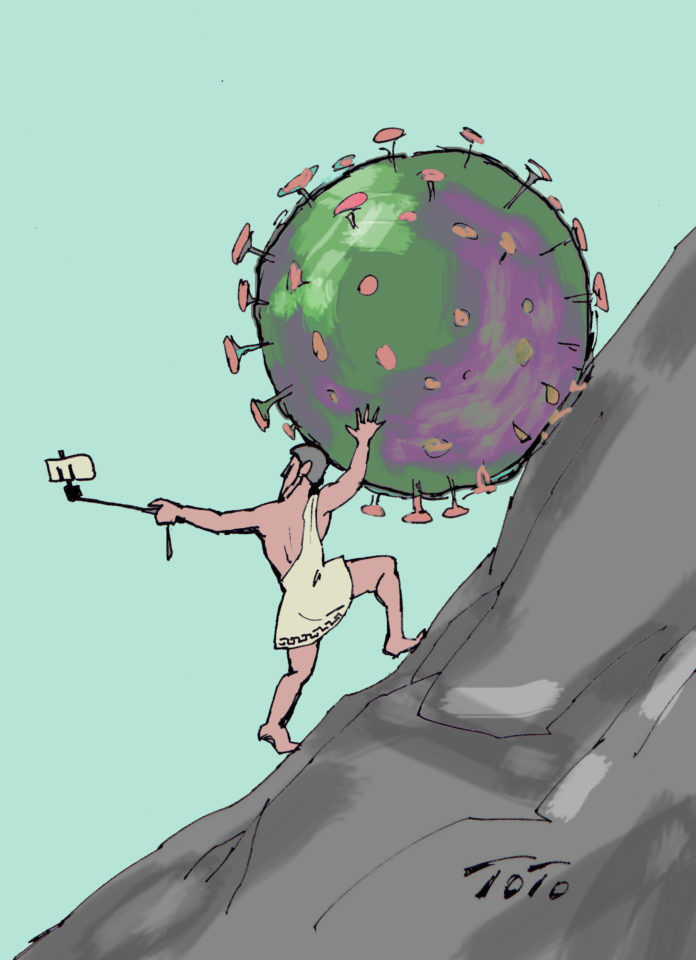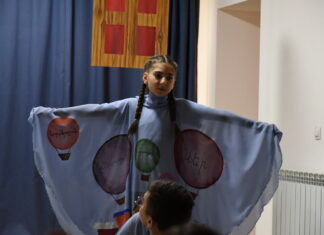Certainly no one wants to hear or read more about coronavirus. Yet, despite being glued to TV screens, despite the profusion of news stories and narratives about the virus, all of humanity is tuned in to avariciously learn more about the virus, hoping to get a glimmer of hope, a ray of light at the end of the tunnel.
Chancellor Angela Merkel of Germany, now herself in self-isolation because of exposure to the virus, compares the current situation with World War II, when humanity was engaged in a self-destructive conflict. But that was a manmade calamity and it was in everyone’s subconscious that the conflict could be controlled, reshaped or even brought to a halt through sober thinking and will. But the current pandemic is beyond human control, and that is why it has halted all human actions. It is an invisible and invincible enemy, which as of yet cannot be defeated, only avoided if one is lucky.
The living organisms populating the globe inherently carry the agents of their self-destruction, namely viruses.
Medical research has made great advances, bringing about incredible breakthroughs in healing and recovering. But today’s pandemic proves yet again that much lies beyond the grasp of science or human comprehension.
Historically plagues and pandemics have wreaked havoc on populations, killing large segments of human society. But mankind has continued to survive and find cures for those ills, even if only after the fact. Society has seldom acted proactively; it has only reacted after the fact and has been able to come up with some remedy, or preventative procedure, although that kind of universal threat has always been predictable, not just in terms of past experience but historic record.
Bill Gates, a humanitarian but by no means an expert in public health, had sounded the alarm long ago to warn the world of the possibly of just such a crisis as we see today. Yet, all major countries have been crippled by myopic policies, investing in and manufacturing military hardware, powerful enough to destroy their perceived enemies, and seldom thinking beyond their enemies to see the kind of pandemics that threaten the entire species.








